
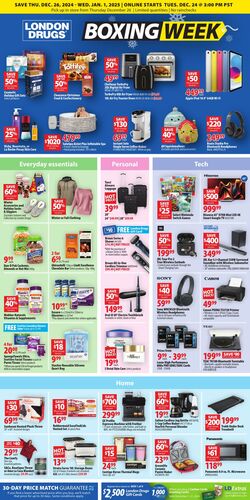
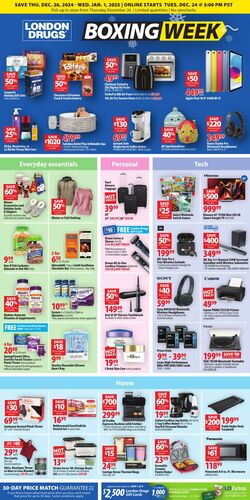
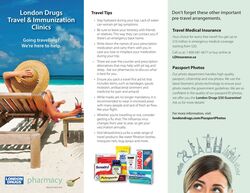
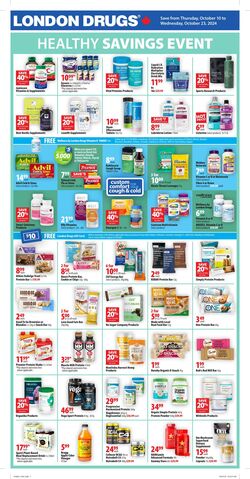
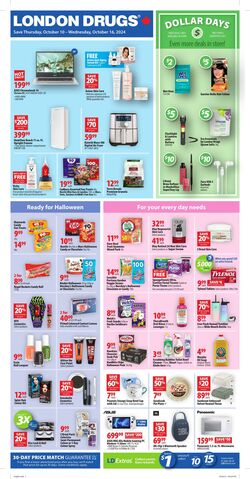
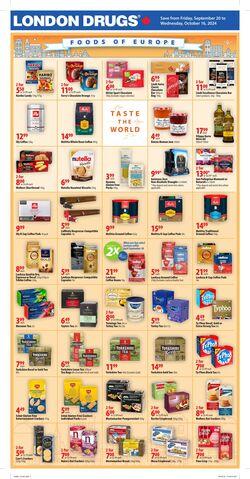
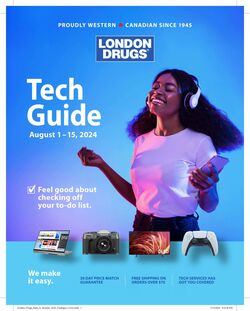
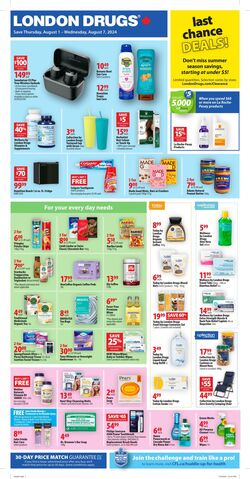
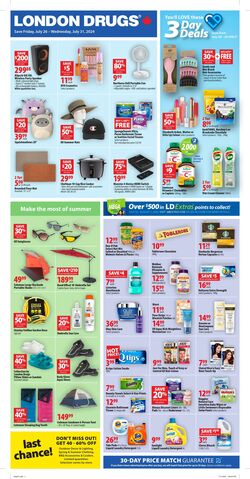


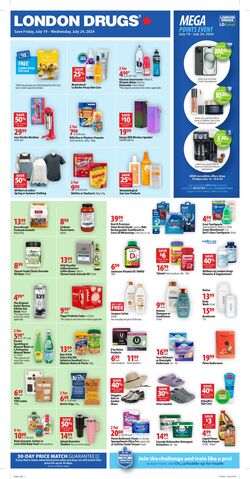
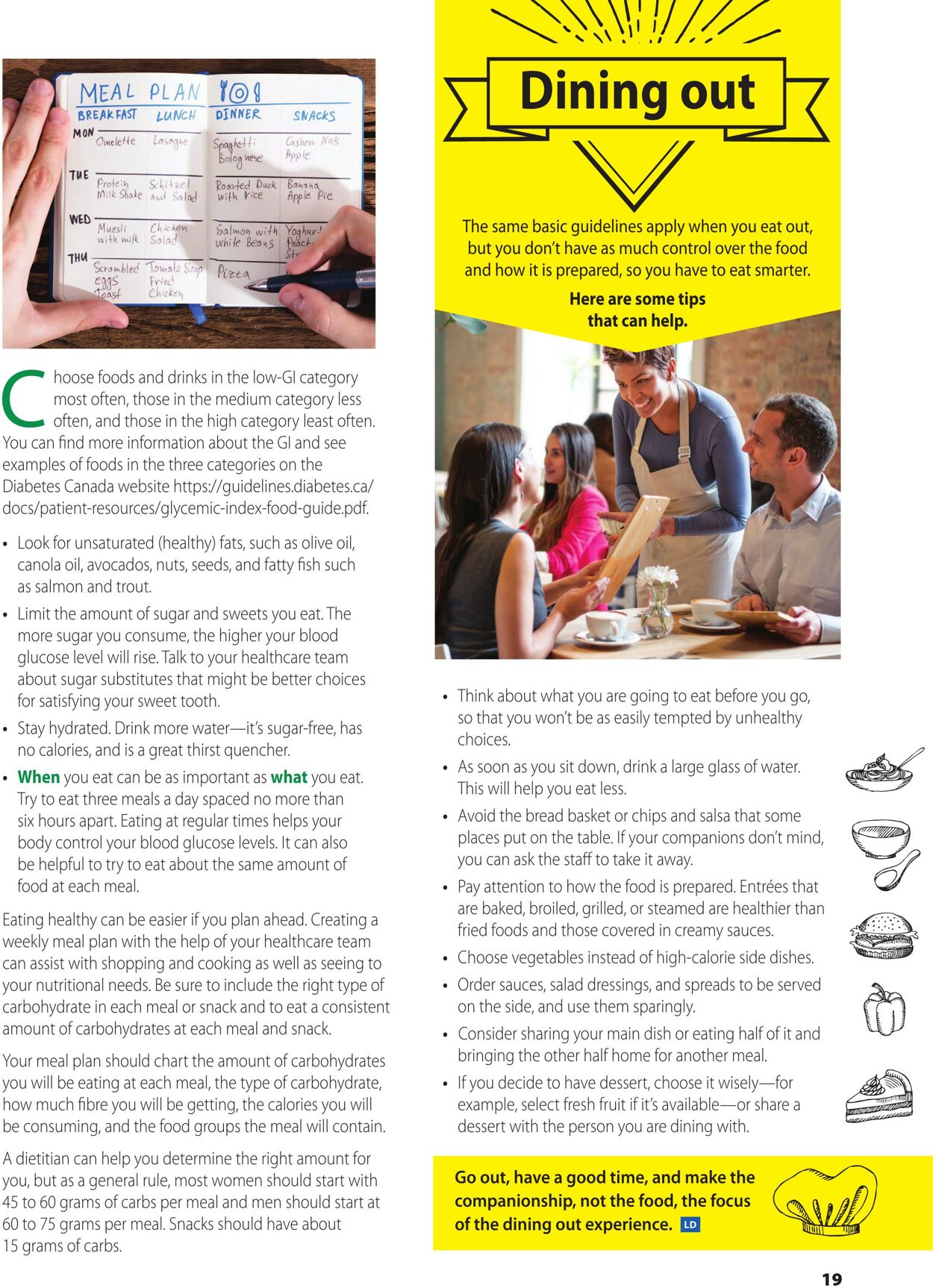
Products in this flyer
MEAL PLAN tO4§ | BREAKFAST «LUNCH DINNER MON SNACKS Omelette — Lasng he} 1 og tes Roosted Duck Banana, with Vice Apple Pre hoose foods and drinks in the low-Gl category C most often, those in the medium category less often, and those in the high category least often. You can find more information about the Gl and see examples of foods in the three categories on the Diabetes Canada website https://guidelines.diabetes.ca/ docs/patient-resources/glycemic-index-food-guide.pdf. + Look for unsaturated (healthy) fats, such as olive oil, canola oil, avocados, nuts, seeds, and fatty fish such as salmon and trout. + Limit the amount of sugar and sweets you eat. The more sugar you consume, the higher your blood glucose level will rise. Talk to your healthcare team about sugar substitutes that might be better choices for satisfying your sweet tooth. + Stay hydrated. Drink more water—it's sugar-free, has no calories, and is a great thirst quencher. + When you eat can be as important as what you eat. Try to eat three meals a day spaced no more than six hours apart. Eating at regular times helps your body control your blood glucose levels. It can also be helpful to try to eat about the same amount of food at each meal. Eating healthy can be easier if you plan ahead. Creating a weekly meal plan with the help of your healthcare team can assist with shopping and cooking as well as seeing to your nutritional needs. Be sure to include the right type of carbohydrate in each meal or snack and to eat a consistent amount of carbohydrates at each meal and snack. Your meal plan should chart the amount of carbohydrates you will be eating at each meal, the type of carbohydrate, how much fibre you will be getting, the calories you will be consuming, and the food groups the meal will contain. A dietitian can help you determine the right amount for you, but as a general rule, most women should start with 45 to 60 grams of carbs per meal and men should start at 60 to 75 grams per meal. Snacks should have about 15 grams of carbs. YA Dining out \Y The same basic guidelines apply when you eat out, but you don’t have as much control over the food and how it is prepared, so you have to eat smarter. Here are some tips that can help. Think about what you are going to eat before you go, so that you won't be as easily tempted by unhealthy choices. As soon as you sit down, drink a large glass of water. This will help you eat less. Avoid the bread basket or chips and salsa that some places put on the table. If your companions don't mind, you can ask the staff to take it away. Pay attention to how the food is prepared. Entrées that are baked, broiled, grilled, or steamed are healthier than fried foods and those covered in creamy sauces. Choose vegetables instead of high-calorie side dishes. Order sauces, salad dressings, and spreads to be served on the side, and use them sparingly. Consider sharing your main dish or eating half of it and bringing the other half home for another meal. If you decide to have dessert, choose it wisely—for example, select fresh fruit if it's available—or share a dessert with the person you are dining with. Go out, have a good time, and make the companionship, not the food, the focus of the dining out experience. 19
| Name | Details |
|---|